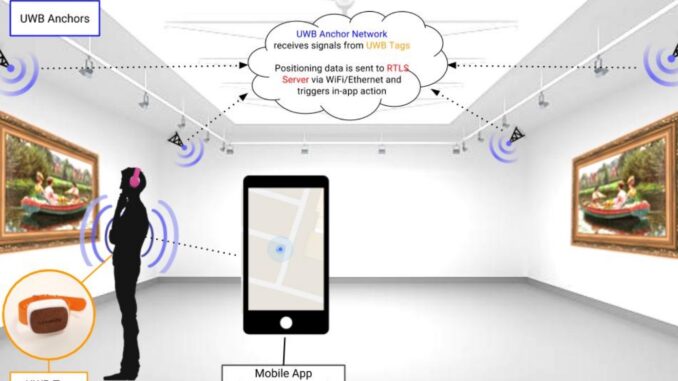
For those of us interested in research that incorporates location data, the new Apple iPhones contain a hidden perk. As reported in this Wired article the new iPhones contain a new chip, the U1, which enables ultra-wideband positioning. This means that Apple devices with the chip will be able to determine the location of other similarly equipped Apple devices in close proximity. According to the Wired report, ultra-wideband pinpoints locations within 30 centimeters or about 1 foot. It also updates the position of UWB equipped objects rapidly.
Ultra-wideband is a technology that has been around for quite some time, but it is just emerging as a standard likely to make its way into a variety of types of equipment, according to the UWB Alliance, an industry group focused on interoperability standards and the UWB ecosystem. Incorporating the U1 chip in the new iPhones is a sure to give a big boost to ultra-wideband devices in general.
Beyond finding other Apple devices, the UWB standard will allow low cost chips to be included in other equipment, furniture, or tags that can be attached to anything of interest in an interior space like a museum, a classroom or an entire school since UWB passes through walls easily. UWB technology is already finding its way into location tracking systems such as those offered by Locatify. With both Apple and Samsung developing UWB standards, it is likely that most people will soon be carrying phones that come equipped for UWB.
As we continue to develop approaches to incorporating location data in research on learning and educational settings, ultra-wideband technology may become a standard approach in our work. Having precise location data that is refreshed quickly will give us the ability to study learning experiences in a fine-grained way..


Be the first to comment